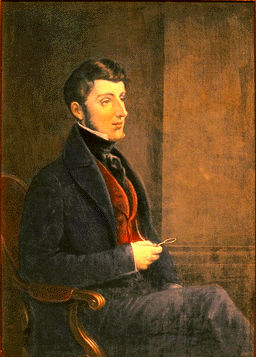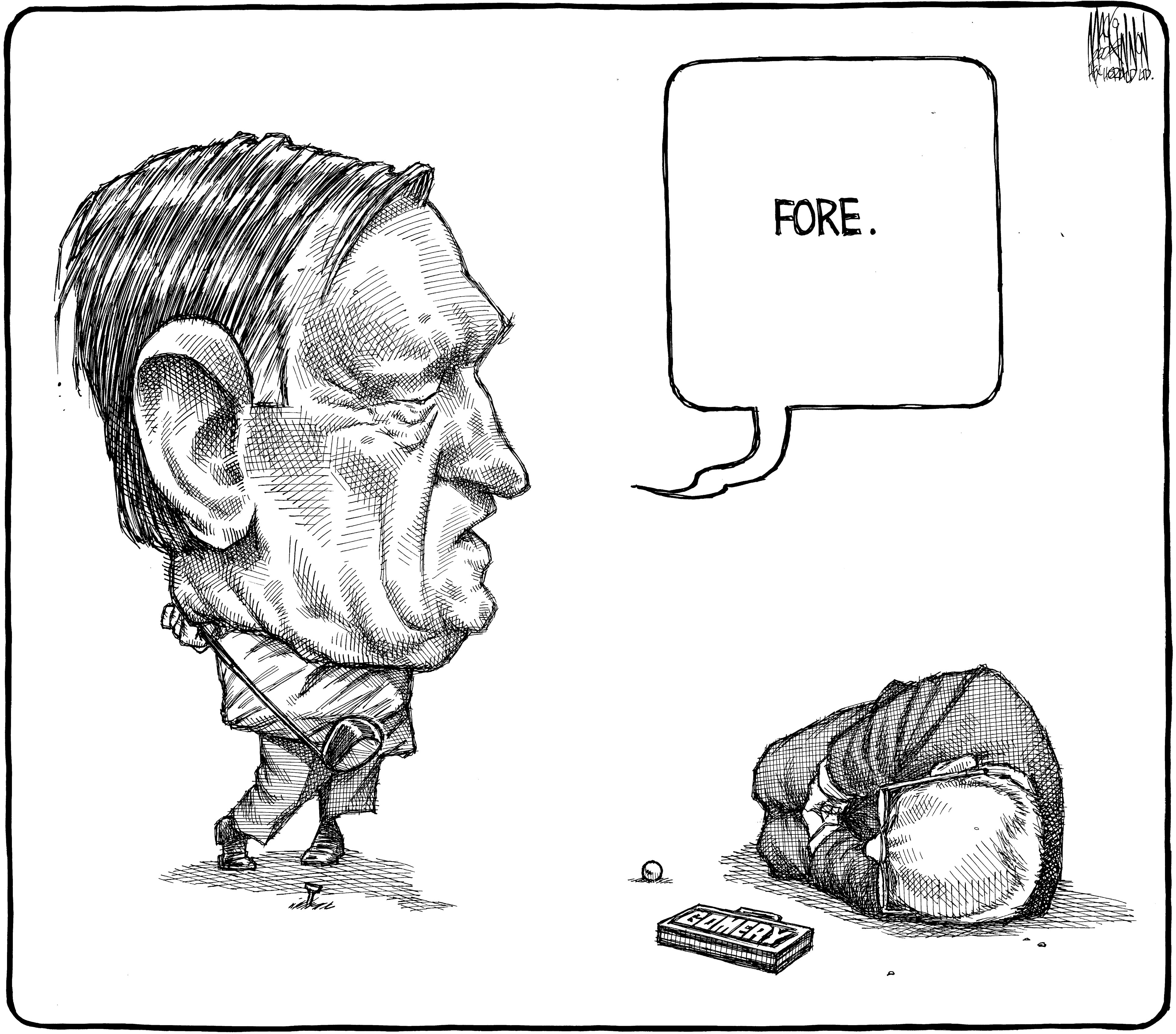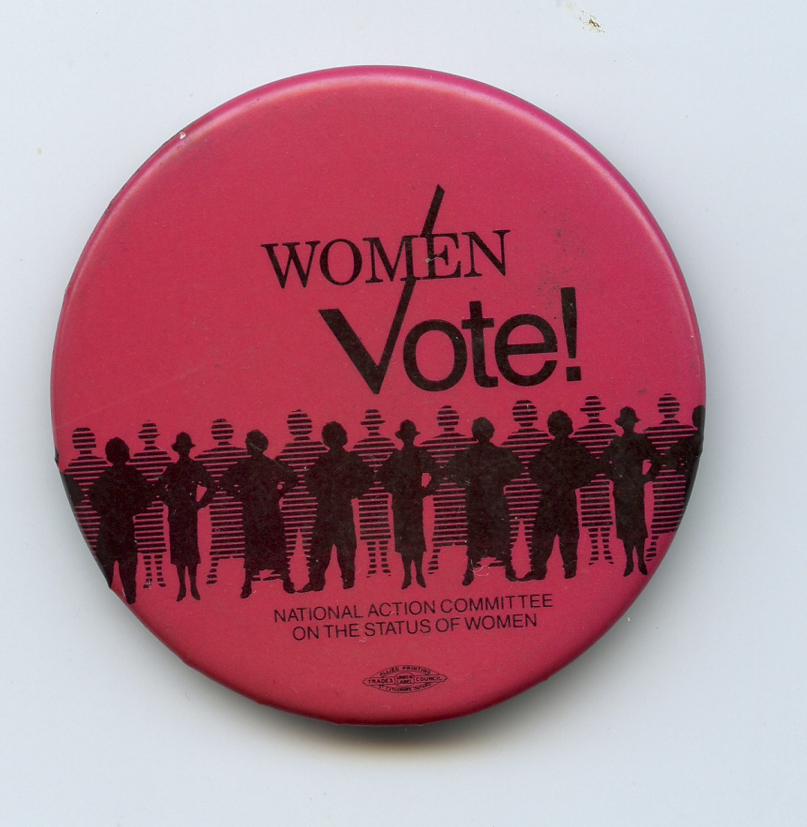Article
Sparrow Case
R. v. Sparrow (1990) was the first Supreme Court of Canada case to test section 35 of the Constitution Act, 1982. Initially convicted of fishing illegally, Musqueam man Ronald Edward Sparrow was cleared by the Supreme Court and his ancestral right to fishing was upheld.












